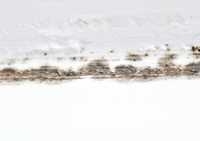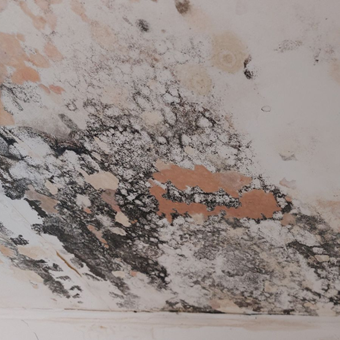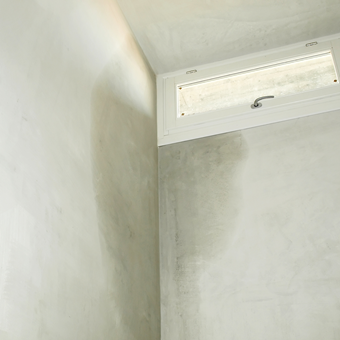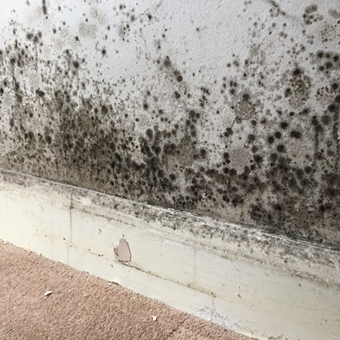Why Is My House So Humid? 7 Common Causes (And How to Fix Them)
Have you noticed your home feeling damp, sticky, or musty lately? You're not alone. Many Australian households experience excess humidity, especially in warmer climates or during seasonal transitions. But what causes it, and more importantly, how do you fix it before it leads to mould, respiratory issues, or damage to your home?
At Purify Air, we’ve seen firsthand how unchecked indoor humidity can impact both comfort and health. We don’t just clean air conditioners — we also provide professional spot mould treatment, whole-room mould remediation, and whole-house mould solutions. Here’s a breakdown of the most common causes of high humidity in the home — and what you can do to solve it.
Poor Ventilation
Kitchens, bathrooms, and laundry rooms are humidity hotspots. Without proper airflow or exhaust systems, moisture from daily tasks like cooking or showering builds up. Over time, that trapped moisture soaks into walls, ceilings, and furniture.
Fix: Make sure exhaust fans are working and used consistently. Keep windows open when possible, and consider installing mechanical ventilation in areas with little airflow.
Inefficient or Dirty Air Conditioning
Your air conditioner does more than cool — it can also help dehumidify your space. But when filters are clogged or units are overdue for a deep clean, they can’t remove moisture effectively. You can set the AC unit to Dehumidifier mode – the droplet symbol, which actually removes a higher percentage of moisture from the air making thus reducing the humidity in that room and making it feel cooler…
Fix: Schedule a professional deep clean to remove mould, bacteria, and blockages from your system. A clean, well-sized unit will help regulate both temperature and moisture.
To help slow down mould growth in the air con unit, it is a good practice to turn the AC unit to fan only for 5 minutes before turning the unit off which helps to dry out the air con before turning it off all together. Mould can’t grow without moisture…
Plumbing/Roof Leaks
Leaks under sinks, inside walls, inside ceilings or in basements can introduce a constant source of hidden moisture. Even small drips can create localised humidity and lead to mould growth.
Fix: Regularly inspect pipes and fittings, especially in bathrooms and kitchens. If you smell mustiness or see signs of water damage, call a licensed plumber or your property agent promptly. Check for any new water marks on the ceiling
Damp Basements or Crawl Spaces
Moisture from the ground can rise into the home if the foundation or subfloor is unsealed. This is particularly common in older homes or areas with poor drainage.
Fix: Install vapour barriers, improve underfloor ventilation, or use a dehumidifier in problem areas. Good drainage around your home’s perimeter also helps prevent groundwater intrusion.
Outdoor Humidity and Climate
In tropical or coastal regions, muggy outside air often seeps indoors, especially in homes without proper sealing or insulation.
Fix: Keep doors and windows closed during humid days. Ensure your home is well-sealed and use your air conditioner (with a clean filter) to help manage indoor air quality.
A Tightly Sealed, Energy-Efficient Home
Ironically, the tighter your home is sealed for energy efficiency, the more likely it is to trap moisture. Without fresh airflow, indoor humidity rises quickly.
Fix: Use trickle vents, regular ventilation, ceiling fans, bathroom exhaust fans and HVAC systems that circulate air. You can also consider a whole-home dehumidifier if humidity is a constant issue.
Ideal Indoor Humidity Level
The ideal indoor humidity level is generally between 30% and 50%. Maintaining this range helps prevent mould growth, improves comfort, and supports better respiratory health. If humidity consistently falls outside this range, it may be time to take additional steps.
How to Fix a Humid House (Quick Solutions)
Reducing indoor humidity doesn’t always require major renovations. Here are practical, affordable solutions that can make a big difference:
- Portable Dehumidifiers: Great for targeted areas like bathrooms, laundry rooms, or basements where moisture builds up.
- Change HVAC Filters: Dirty or clogged filters restrict airflow and reduce your AC’s efficiency at removing moisture.
- Clean Ductwork: A clean system circulates air more effectively and reduces moisture buildup inside vents.
- Run Exhaust Fans: Especially during and after showers, cooking, or laundry. Don’t forget areas like attic spaces or skylights with whole-house ventilation.
- Reduce Use of Moisture-Producing Devices: Be mindful of long showers, indoor drying of clothes, or steamy cooking without ventilation.
- Whole-Home Dehumidifier: If your humidity problem is widespread and ongoing, consider investing in a whole-home dehumidifier system.
- Let the sun in, trim back sun blocking trees that are too close to the house. Rooms with more sun have less mould…











